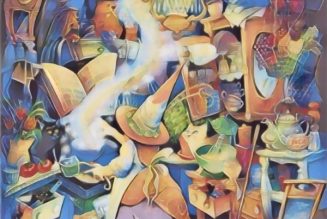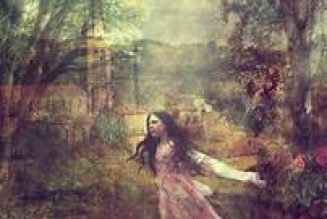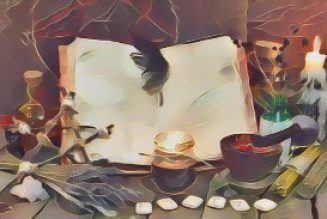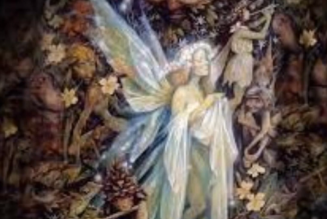Magick takes place at what TS Eliot in The Four Quartets called the ‘still point of the turning world’, that moment of timelessness that enables thought to be turned into reality on the material plane.
It operates on the principle As above, so below’.
This phrase comes from the beginning of The Emerald Tablet, attributed to Hermes Trismesgistos (thrice-blessed Hermes), thought to be a powerful first-century Egyptian sorcerer who became worshipped as a god after his death.
This tablet is said to contain all magical knowledge as well as the principles of alchemy, and states that human action and events reflect what occurs in the heavens. And so by releasing magical
intentions into the cosmos, as I said earlier, they will be reflected back as actuality.
Since time immemorial, humans have called upon the power of higher beings to help them, whether it be to deliver them from enemies, to bring rain for their crops or to cure their children’s illnesses.
Every religion and every culture believes in a divinity of some sort, whether it be god, goddess or spirit, good or evil.
Evocations were performed by medieval practitioners of magick to summon up angels (and sometimes demons) and bind them to perform tasks, rather like the Middle Eastern djinn, or genie,
who, in faerie tales, would appear from a magick lamp or corked bottle and grant wishes.
Incense would be used to give substance to the etheric form of the angel or demon concerned. (Modem magick tends to be a little wary of calling up spirits, however, whose malevolent energies may cause harm.)
In contrast, invocations were used to endow the practitioner with the power to carry out magical purposes through a form of possession, with the angel or god acting directly from within the
practitioner’s body.
Elementals have also been associated for hundreds of years with more formal magical traditions.
Elementals, rather than having a permanent form themselves, are the forces or energies that give shape to living things.
They also bring thoughts and desires into actuality, invoked by symbols.
Thus medieval occultists sought mastery over the elemental beings that they fashioned by their incantations.
Sometimes, if practitioners used the elemental forces for negative purposes, they would create a tulpa, or thought form, that became an elemental demon.
This was hard to banish, even though the magicians worked within a square enclosed by two magick circles -hence the origins of warnings about magical effects coming back threefold.







